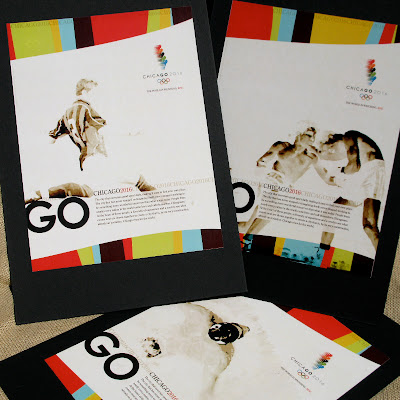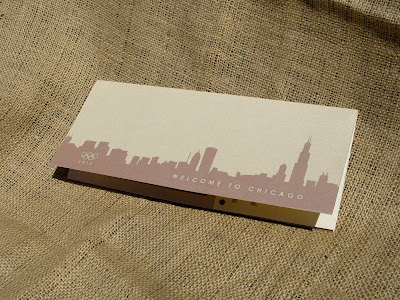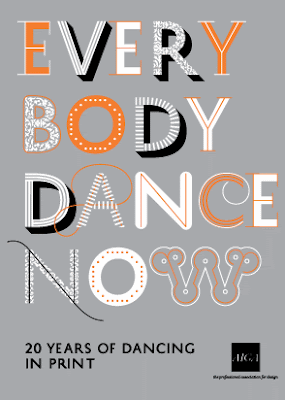Working Titles for Thesis Project.
• Teaching Graphic Design with Principles of Poetry.
• Understanding Poetry to Teach Graphic Design.
• Poetry and Graphic Design: Different Media, Same Approach.
• Poetry’s Principles Are Graphic Design’s Process.
• Poetry’s Principles Solve Graphic Design’s Problems.
Working Statements.
• Overcoming graphic design problems with principles of poetry are specifically understood when the principles from the Imagism Literary Movement are used to create effective conceptual logos, the flow of Free Verse and Narrative Poetry are used to create technical and informational graphic layouts, and embracing Cut-Up Poetry leads to enhancing decorative graphic elements and montages.
• Many visual artists repel the power of words because they are blinded by image and therefore need to be taught the importance of the principles of poetry in order to identify their personal rhythm and intuition when creating successful conceptual, technical and artistic graphic design.
Overview.
Learning conceptual graphic design relies heavily on the students individual ability to translate ideas into graphic form with a sense that is pleasing to the viewer. Teaching it almost seems supernatural and unattainable. There is no formula that guarantees unique, creative conceptual results.
My plan is to improve graphic design instruction by creating methods that exercise a designer’s rhythm and intuition. These methods are rooted in principles from poetry through its literary movements and the study of it as an art form. Many visual artists repel the power of words because they are blinded by image. Conceptual graphic design has much to learn from poetry, old and new. As the outcomes of each are usually different (and sometimes considered one in the same), the processes are remarkably similar.
I plan to prove the direct correlation in the processes of writing poetry and creating multiple graphic design solutions through specific experiments and continued research. This thesis project will specifically address the following:
• The process of creating a logo by explaining the foundation of the Imagism Literary Movement
• The process to clean, legible and organized information and communication layouts through Free Verse and Narrative Poetry principles
• The process of designing decorative and montage graphics dictated by Cut-Up Poetry
My Worth. The Subjects Worth.
As I discover inspiration through poetry and find a personal desire to understand it better, my recent enthusiasm for works of literature trickles into my professional trade – graphic design and advertising, encouraging new methods and experiments for use in the design classroom.
The ideals mentioned in this thesis proposal are worthy of experimentation simply because they propose formulas for conceptual thinking. They have the potential to revolutionize the way graphic design in taught. In addition to teaching design students graphic design principles – type, image, color, scale, I believe it is important to teach a concrete method for developing rhythm and intuition. Rather than requesting students to just “come up with an idea,” relying on life’s rhythm, this alternative approach encourages them to see design in another light and enables experimentation like never before, manifesting conceptual thinking.
The future for applying poetry’s principles to graphic design is endless. This thesis will cover three (3) specific areas of application to get the connections started. Once the lineage is clear, many principles in poetry can be interchanged, overlapped and/or evolved to suit almost any graphic design problem.
When inspiration is lost and research is exhausted, the role of rhythm and intuition suffer.
Applying poetry’s principles to graphic design problems opens new avenues to conceptual, technical, and artistic graphic design.
Strengths and Weaknesses.
In order to articulate the benefits in this proposal, it demands an author who has an equal passion for both, poetry and graphic design. That is my main strength. With a background of experience in conceptual advertising and with corporate structure, I am able to visualize the big picture and organize creative mayhem.
As a young student to poetry and real graphic design, I will continue to research the processes of each, digesting their parallels and noting their differences.
Creating a curriculum for the design classroom should flow directly out of the relational studies between poetry’s principles and graphic design problems. This is an area that will take much focus as I fervently critique the three parts of this proposal.
The Goal.
Opening the creative mind can be dangerous. It often leads to procrastination, misdirection and frustration. Learning poetry’s principles and applying them to graphic design problems is a guided process with a solid foundation.
Success will be determined when a design student who shuns the written word, finds and appreciates the process of poetry and understands its power in every individual’s rhythm and intuition. Over time, when there is a method to control conceptual design, this will have been proven and opened to further exploration of more principles and more problems.
Proposed Bibliography.
Lupton, Ellen and Phillips, Jennifer Cole. Graphic Design The New Basics. New York, NY: Princeton Architectural Press, 2008.
Bringhurst, Robert. The Elements of Typographic Style (Second Edition). Vancouver, BC: Hartley & Marks, 1996.
Flynn, Keith. The Rhythm Method, Razzamatazz, and Memory. How To Make Your Poetry Sing. Cincinnati, OH: Writer’s Digest Books, 2007.
Butler, Mark J. Unlocking the Groove: Rhythm, Meter, and Musical Design in Electronic Dance Music. Bloomington, IN: Indiana University Press, 2006.
Hurtik, Emil and Yarber, Robert. An Introduction to Poetry and Criticism. Lexington, MA: Xerox College Publishing, 1972.
Woolman, Matt and Bellantoni, Jeff. Moving Type. Designing for Time and Space. Geneva: Rotovision SA, 2000.
Tufte, Edward. Visual Explanations. Images and Quantities, Evidence and Narrative. Cheshire, CT: Graphics Press, LLC, 1997.
Tufte, Edward. Beautiful Evidence.
Cheshire, CT: Graphics Press, LLC, 2006.
Tufte, Virginia. Artful Sentences. Sentences as Style.
Cheshire, CT: Graphics Press, LLC, 2006.
Wigley, Mark. The Architecture of Deconstruction. Derrida’s Haunt.
Cambridge, MA: MIT Press, 1993.
Lyne, Sandford. Writing Poetry from the Inside Out. Finding your voice through the craft of poetry. Naperville, IL: SourceBooks, Inc., 2007.
Drury, John. Creating Poetry.
Cincinnati, OH: Writer’s Digest Books, 1991.
Bennett, Audrey. Design Studies: Theory and Research in Graphic Design, A Reader. New York, NY: Princeton Architectural Press, 2006.
download the pdf ://here. it lasts longer.




















































